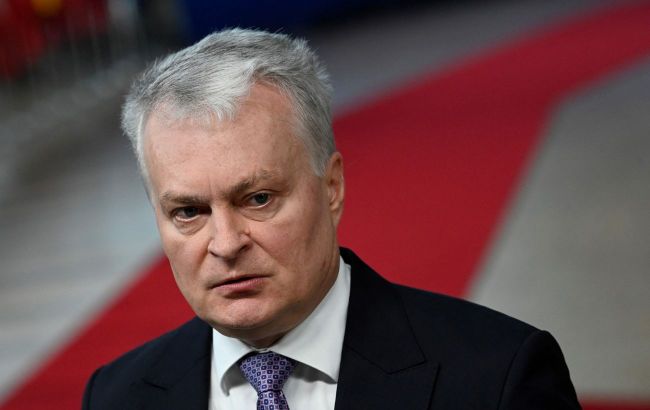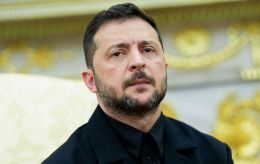Baltic states brace for possible Russian attack amid fears US might pull back
 Photo: Lithuanian President Gitanas Nausėda (Getty Images)
Photo: Lithuanian President Gitanas Nausėda (Getty Images)
The Baltic states prepare for possible threats from Russia. Lithuanian President Gitanas Nausėda emphasizes the importance of a comprehensive security plan, Financial Times informs.
Despite NATO membership, Estonia, Latvia, and Lithuania remain the most vulnerable to a potential Russian attack.
Nausėda states directly that due to their small territory and proximity to Russia, the Baltic states lack the "strategic depth" that Ukraine has. The distance to the Baltic Sea is only 200 kilometers.
The Suwałki corridor is a narrow area that could be easily blocked by Russian troops from Kaliningrad and Belarus.
"So we are talking about defending our territory for a certain period and then expecting that reinforcement will come," Nausėda said.
NATO strengthens its presence
At the large NATO training ground in Pabradė, near the border with Russia, activity has increased.
Between 2022 and 2025, new military facilities were built there. However, Baltic leaders are preparing for a possible reduction of US involvement in Europe's defense.
Nausėda says the Baltic states need plans A, B, and C, as questions arise about the US commitments to Europe.
"The Americans are leaving. We all have to wake up to that and deal with it," said one senior Baltic official.
The Baltic could become the first target in the case of a large-scale escalation. Despite NATO guarantees, the states in the region are already demanding more specifics on protection from their allies.
The Financial Times published an article interviewing the Defense Ministers of Lithuania, Latvia, and Estonia.
According to comments in the article, a ceasefire in Ukraine would sharply increase the security threat to the Baltic states. Journalists stress that Russia will not stop rearming and redeploying troops to NATO's northeastern flank.
Additionally, back in January, RBC-Ukraine reported that the West had begun actively discussing the threat Russia poses to one of its NATO members. At that time, media outlets had already published scenarios and infographics, and officials called for preparations for a possible war.
For more details about this, the military potential of Russia and NATO, and how the conflict may develop, read RBC-Ukraine's article.

